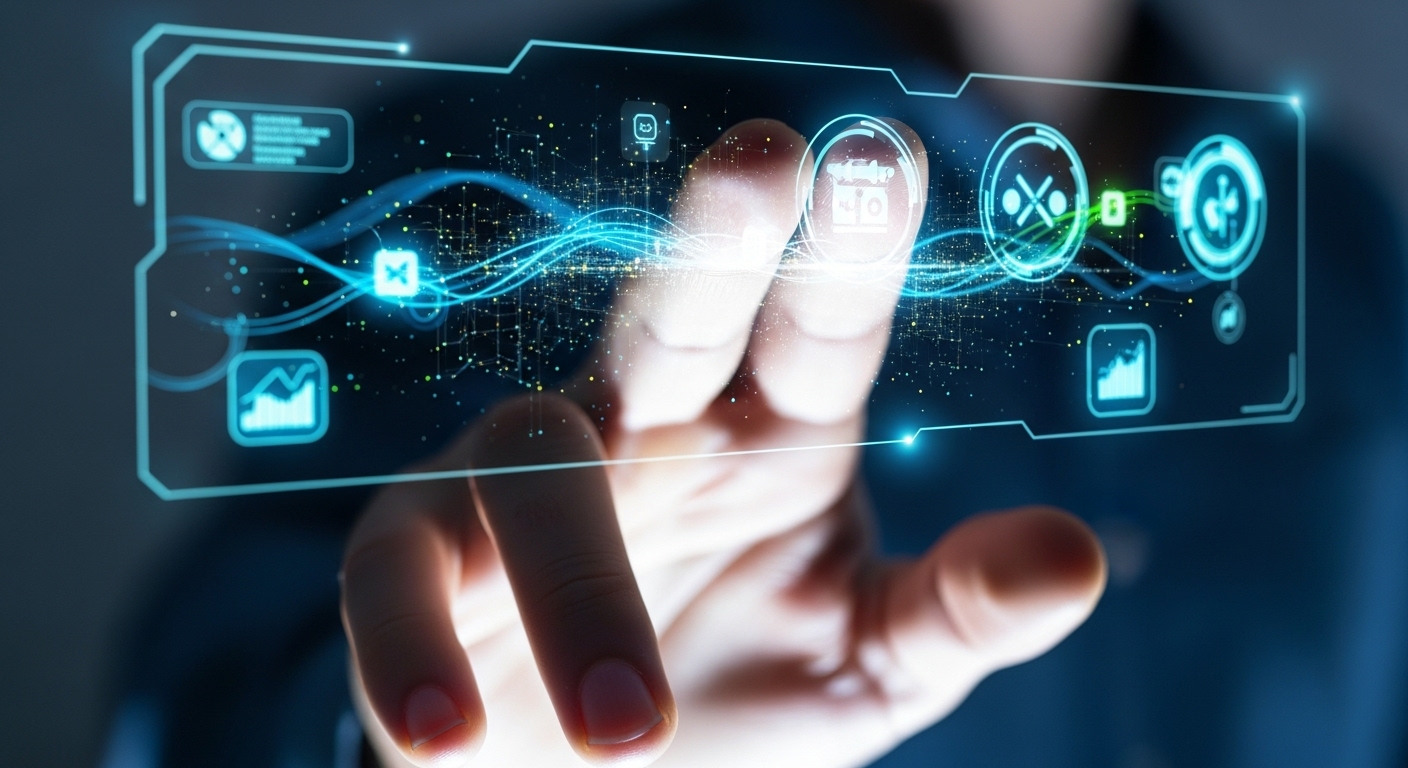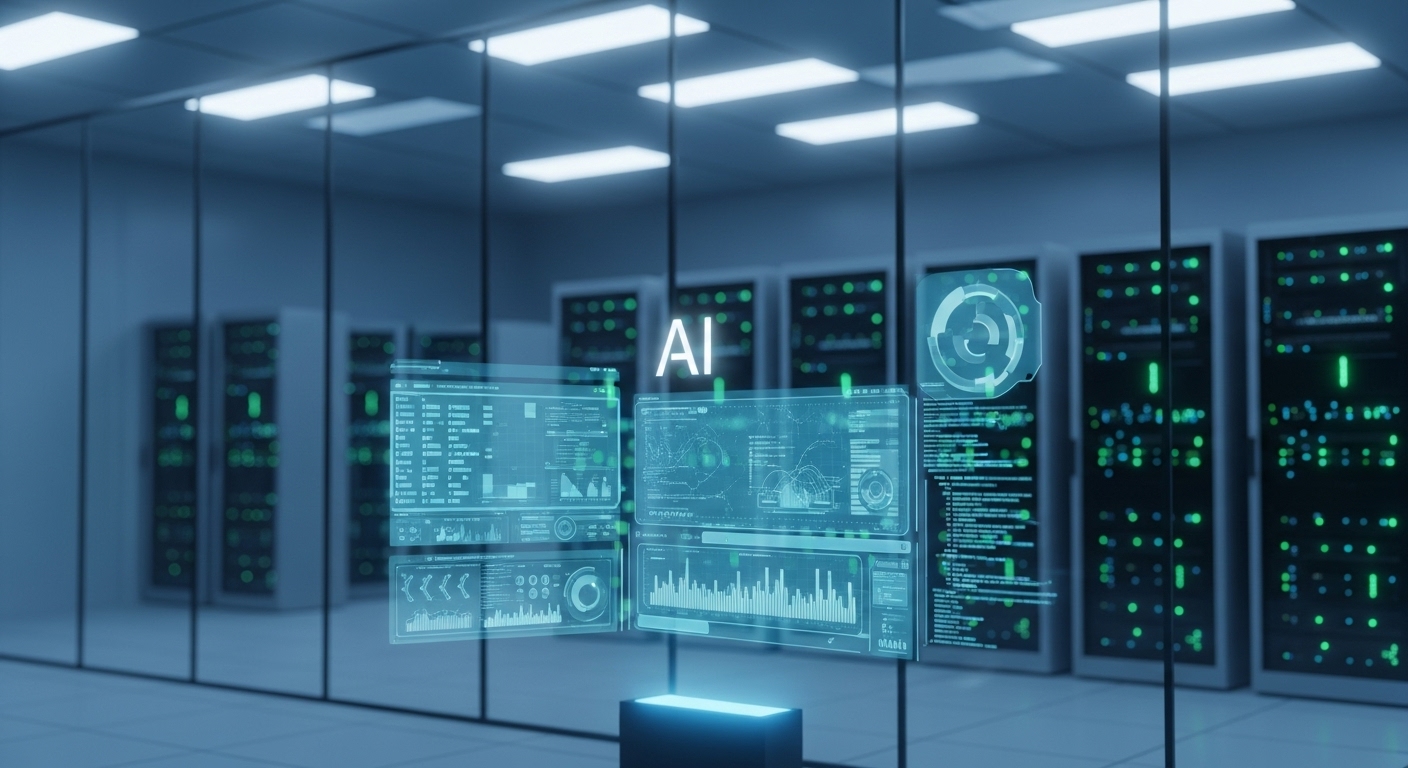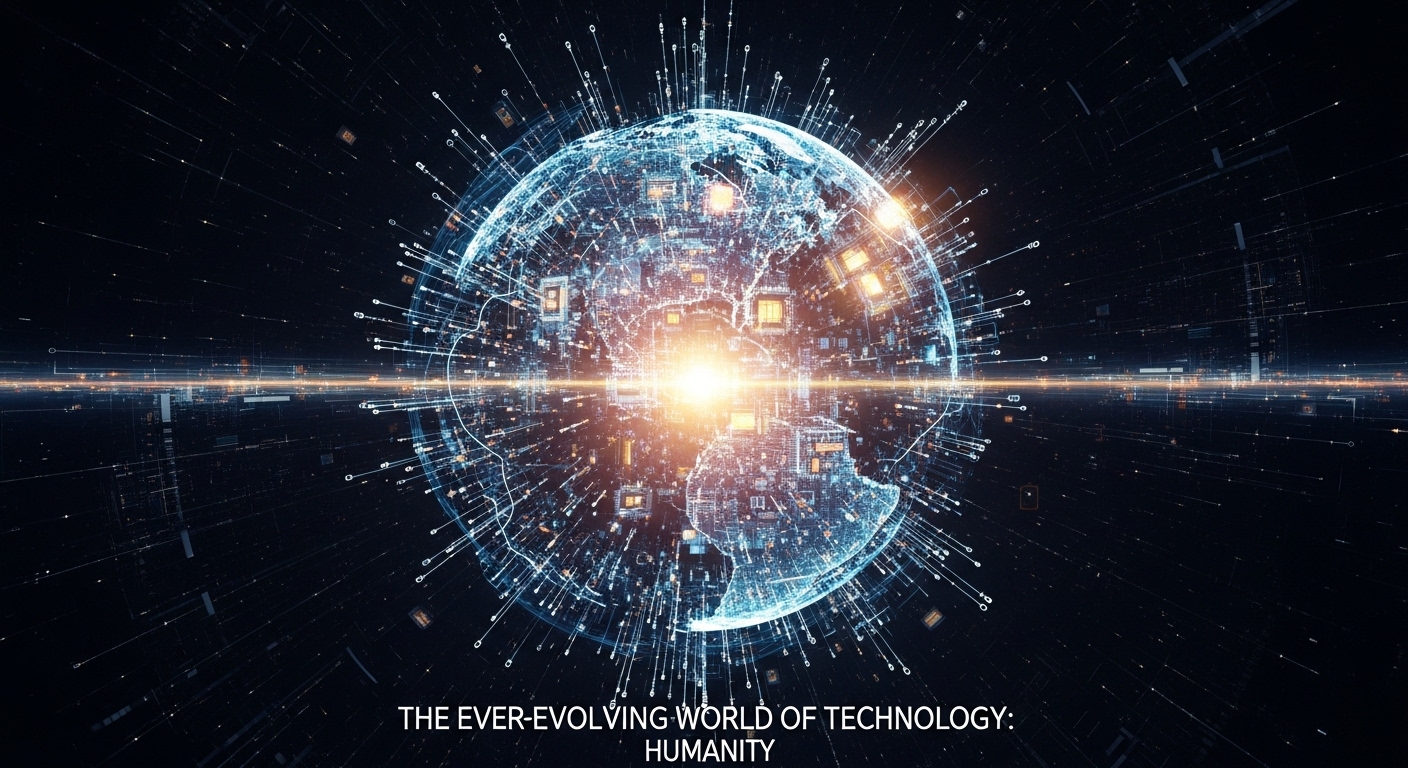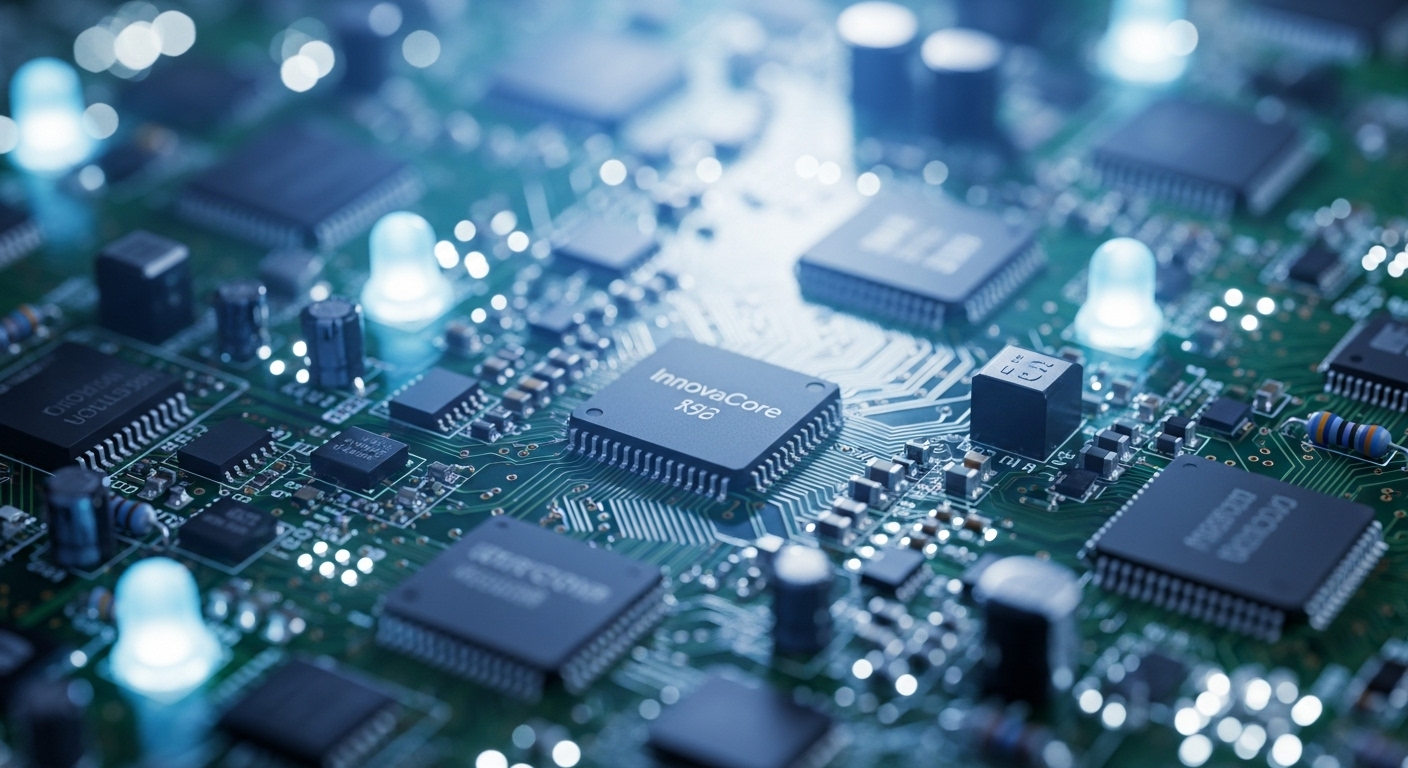Technology is one of the most powerful forces shaping our modern world. It influences how we live, how we work, how we think, and how we interact with one another. From smartphones and artificial intelligence to biotechnology and space exploration, technology continues to evolve at an incredible pace. This blog explores the journey, impact, and future of technology in its many forms, focusing on how it has transformed human life and where it might take us next.
The Digital Revolution and Its Beginnings
The digital revolution began with the introduction of computers. Early computers were massive machines that required entire rooms to house their components. They were slow, expensive, and limited in capability. However, they laid the foundation for modern computing. As computer technology advanced, systems became smaller, faster, cheaper, and more powerful.
The invention of microprocessors in the 1970s transformed computing forever. Personal computers made their way into homes and offices. This shift created a new era of digital communication and data processing. People began to rely on computers for tasks like writing, accounting, gaming, and data storage. Companies used them to manage business operations and improve efficiency.
Rise of the Internet and Global Connectivity
One of the most significant technological developments in history is the invention of the internet. What started as a government project to share information between researchers became a global network that connects billions of people. The internet changed how we communicate, learn, shop, and entertain ourselves.
Email replaced letters. Search engines replaced encyclopedias. Social media gave people the power to share their lives instantly with the world. Businesses could reach customers globally. Education became more accessible as information was available to anyone with an internet connection. The internet created a digital society where information flows in milliseconds.
Smartphones: The Technology in Our Pockets
The smartphone is one of the most influential inventions of modern technology. It combines communication, computing, photography, entertainment, and internet access into one device. Before smartphones, people used separate devices for calling, messaging, photography, and browsing. The introduction of touchscreen smartphones changed everything.
Today, smartphones are central to daily life. They help us navigate, pay bills, order food, manage schedules, and stay connected with people across the world. Mobile applications turned smartphones into essential tools for business, education, healthcare, and travel. The integration of artificial intelligence into smartphones has made them even smarter, allowing devices to recognize faces, understand voice commands, and translate languages in real time.
Artificial Intelligence: Machines That Think
Artificial Intelligence, or AI, has moved from science fiction into reality. AI systems can now learn, adapt, and make decisions. They analyze large amounts of data, recognize patterns, and solve problems faster than humans in many cases. AI powers virtual assistants, recommendation systems, self-driving cars, and medical diagnosis tools.
Machine learning is a subset of AI where computers learn from data without being explicitly programmed. Deep learning, a more advanced form of machine learning, uses neural networks similar to the human brain. This technology allows machines to identify images, understand speech, and even generate human-like text.
AI has improved industries such as healthcare, where it helps detect diseases earlier. In finance, AI predicts market trends. In education, AI personalizes learning for students. However, AI also raises concerns about privacy, job automation, and ethical decision-making by machines.
Cloud Computing and the Power of Remote Storage
Cloud computing allows data and applications to be stored on remote servers instead of local devices. This technology enables users to access files and programs from anywhere in the world. Companies no longer need expensive physical servers in their offices. Instead, they can rent space in the cloud and scale resources based on demand.
Cloud computing supports streaming services, online gaming, remote work, and collaboration tools. It makes data backup easier and reduces the risk of losing important files. Businesses benefit from reduced costs, increased flexibility, and improved security.
The Era of Remote Work and Digital Collaboration
Technology has transformed how people work. Remote work, once rare, has become common. Tools like video conferencing, cloud storage, and online project management platforms make it possible to work from anywhere. Employees can collaborate in real time, share documents, and attend virtual meetings.
Remote work offers flexibility and reduces commuting time, but it also introduces challenges like isolation, cybersecurity risks, and work-life balance issues. Companies are adapting by creating hybrid work models that combine office and remote work.
Social Media and the Digital Society
Social media platforms allow people to connect, share, and communicate instantly. They have changed how news spreads, how businesses advertise, and how individuals express themselves. Social media gives everyone a voice, but it also spreads misinformation, creates addiction, and affects mental health.
Influencers, digital marketing, and content creation have become new career paths. Social media has become a powerful tool for activism, awareness campaigns, and global communication.
E-Commerce and Digital Payments
Online shopping has changed the retail industry forever. E-commerce platforms allow people to buy products from anywhere in the world. Digital payments and mobile wallets have replaced cash in many places. Customers enjoy the convenience of shopping from home, comparing prices, and reading reviews.
Businesses use data from online purchases to understand customer behavior and improve services. Technology has created new opportunities for entrepreneurs and small businesses to reach global markets.
Cybersecurity and the Battle Against Digital Threats
As technology advances, so do cyber threats. Hackers target individuals, companies, and governments. Cybersecurity has become essential to protect personal data, financial information, and critical infrastructure. Cyberattacks like ransomware, phishing, and identity theft are increasing.
To defend against threats, experts use encryption, firewalls, and artificial intelligence. Individuals must also take responsibility by using strong passwords, avoiding suspicious links, and updating software regularly.
Blockchain Technology and Cryptocurrencies
Blockchain is a digital ledger that records transactions in a secure, transparent way. It is best known for supporting cryptocurrencies like Bitcoin. Blockchain eliminates the need for intermediaries like banks by allowing peer-to-peer transactions.
Beyond digital currency, blockchain is used in supply chain management, healthcare, and voting systems. It ensures data cannot be changed once recorded. However, cryptocurrencies face challenges like price volatility, regulation issues, and environmental concerns due to energy consumption.
The Internet of Things: Smart Devices Everywhere
The Internet of Things, or IoT, connects everyday devices to the internet. Smart homes are filled with devices like thermostats, lights, speakers, and security cameras that can be controlled remotely. Wearable devices track health and fitness. In industries, IoT sensors monitor equipment and improve efficiency.
IoT makes life more convenient but also raises security and privacy concerns. If not protected, smart devices can be hacked, putting users at risk.
Virtual Reality and Augmented Reality
Virtual Reality (VR) creates a digital environment that users can experience through headsets. It is used in gaming, education, training, and therapy. Augmented Reality (AR) adds digital elements to the real world using smartphones or AR glasses. AR is used for navigation, shopping, and interactive learning.
These technologies offer immersive experiences and new ways to interact with digital content. They are increasingly being used in fields like architecture, medicine, and entertainment.
Biotechnology and the Future of Health
Technology has revolutionized medicine and healthcare. Biotechnology uses living systems and organisms to develop products that improve health and agriculture. Genetic engineering allows scientists to modify DNA to prevent diseases or enhance crops.
Medical devices like pacemakers, robotic surgery tools, and wearable health monitors save lives and improve quality of life. Telemedicine enables doctors to treat patients remotely. AI and data analysis help diagnose diseases earlier and develop personalized treatments.
Space Technology and the New Age of Exploration
Space technology has advanced significantly. Private companies now participate alongside government agencies. Reusable rockets reduce the cost of space travel. Satellites provide internet access, weather forecasting, and global communication.
Missions to Mars, lunar exploration, and the search for life on other planets are expanding human knowledge. Space technology inspires innovation and encourages global cooperation.
Green Technology and Sustainable Innovation
With growing concern about climate change, green technology focuses on sustainability. Renewable energy sources like solar, wind, and hydro power reduce dependence on fossil fuels. Electric vehicles reduce pollution. Smart grids and energy-efficient buildings save resources.
Sustainable technology aims to protect the environment while meeting human needs. Innovations in recycling, water purification, and agriculture help reduce waste and conserve resources.
Robotics and Automation in Everyday Life
Robots are no longer limited to factories. They are used in homes, hospitals, and service industries. Robots vacuum floors, assist in surgeries, and deliver products. Automation improves productivity, reduces errors, and performs dangerous tasks more safely than humans.
However, automation raises concerns about job loss. Workers need new skills to adapt to a world where machines handle repetitive tasks. Education and training are important to prepare for the future of work.
Education in the Digital Age
Technology has transformed education. Online learning platforms allow students to learn from anywhere. Digital classrooms use videos, simulations, and interactive tools to make learning more engaging. Students can learn at their own pace and access resources anytime.
Teachers use technology to track student progress, create personalized learning plans, and communicate with parents. However, unequal access to technology creates a digital divide, where some students are left behind.
Ethics and Responsibility in Technology
As technology becomes more powerful, ethical questions arise. Who is responsible if an autonomous vehicle causes an accident? How should personal data be used? Can AI make fair decisions without bias?
Tech companies and governments must create policies to protect privacy, ensure fairness, and prevent misuse. Developers must design technology with responsibility and transparency. Society must balance innovation with morality.
The Future of Technology
The future of technology holds endless possibilities. Quantum computing could solve problems that today’s computers cannot. Artificial general intelligence may one day match human intelligence. Brain-computer interfaces could allow people to control devices with their thoughts.
Smart cities powered by AI and IoT will improve transportation, energy use, and public services. Biotechnology may cure diseases and extend human lifespan. Space travel might become as common as air travel today.
Conclusion: Living in a Technological World
Technology is not just a collection of machines and software; it is a force that shapes culture, economy, and human behavior. It offers solutions to problems but also creates new challenges. As technology evolves, individuals, businesses, and governments must adapt and act responsibly.
We are living in an age where innovation never stops. Every day brings new discoveries and inventions. The journey of technology is a story of human creativity, ambition, and progress. By using technology wisely and ethically, we can build a future that benefits all of humanity.



